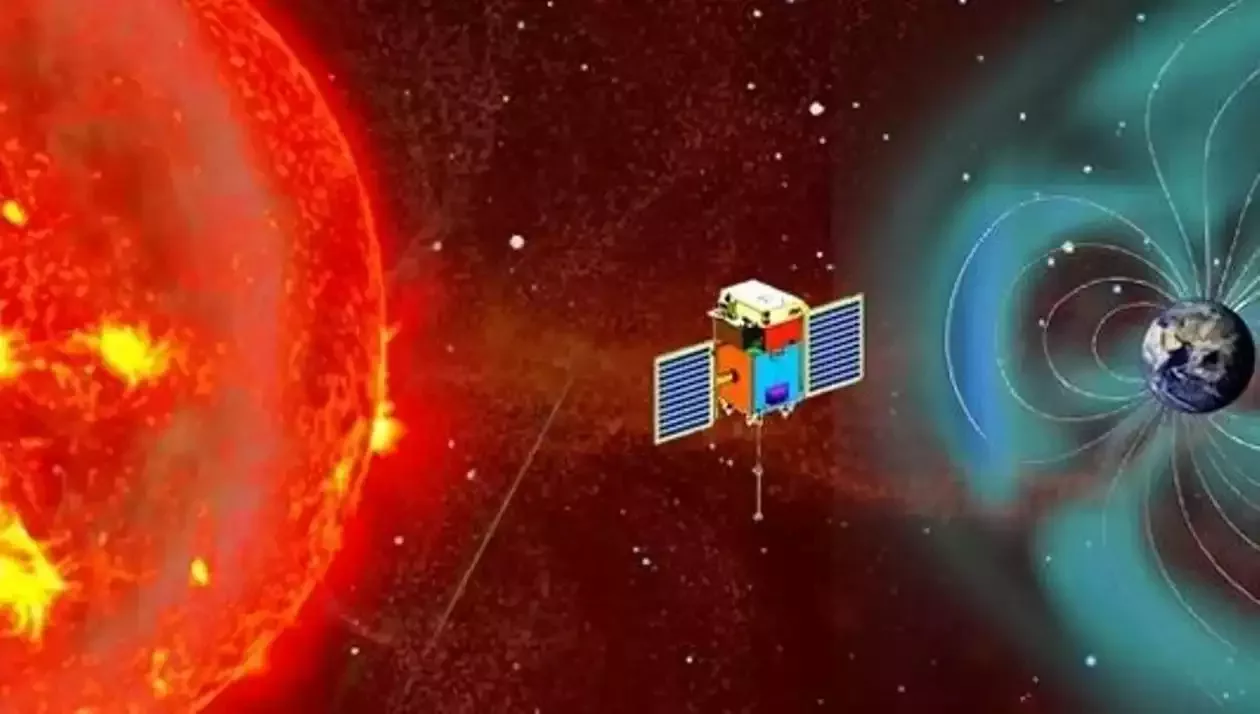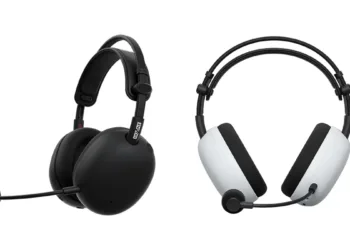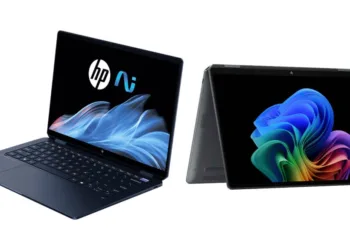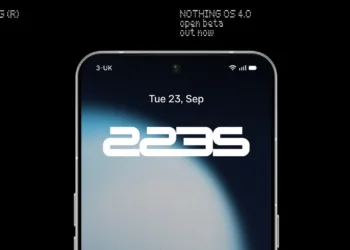The Indian Space Research Organisation (ISRO) officially confirmed on September 18 that the Aditya L1 spacecraft has started collecting scientific data. ISRO shared this update on platform X (formerly known as Twitter), stating, “Aditya-L1 Mission: Aditya-L1 has commenced collecting scientific data. The sensors of the STEPS instrument have begun measuring supra-thermal and energetic ions and electrons at distances greater than 50,000 km from Earth. This data helps scientists analyze the behavior of particles surrounding Earth.”

Everything about the Aditya-L1 Mission
The STEPS instrument, which is part of the Aditya Solar Wind Particle EXperiment (ASPEX) payload, consists of six sensors that observe in various directions and measure supra-thermal and energetic ions. Particle spectrometers with low and high energies are used for these measurements. The collected data from Earth’s orbits helps scientists in understanding the behavior of particles in the surroundings of Earth, in the presence of the Earth’s magnetic field.
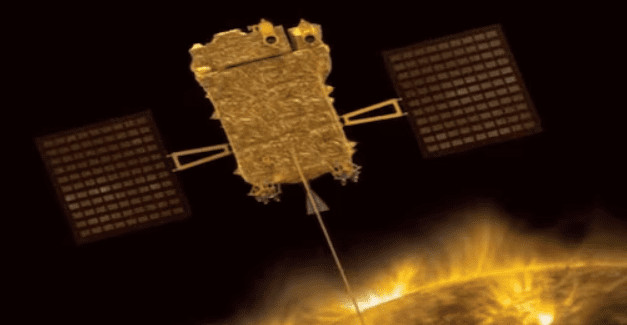
STEPS was activated on September 10, 2023, at a distance exceeding 50,000 km from Earth, equivalent to more than eight times Earth’s radius, placing it well beyond the Earth’s radiation belt region. After undergoing necessary instrument health checks, data collection continued as the spacecraft moved farther than 50,000 km from Earth. ISRO confirmed that each unit of STEPS is operating within normal parameters.
The data collected around the L1 point provide us many with details about how solar wind and space weather events begin, how they speed up, and where they go. The STEPS instrument was created by the Physical Research Laboratory (PRL) in Ahmedabad with cooperation from the Space Application Centre (SAC).
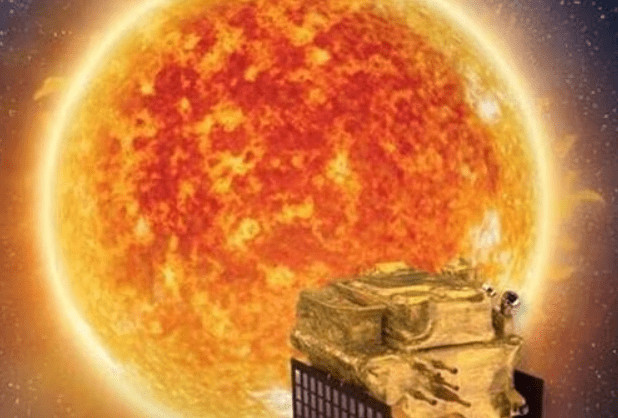
On September 2, the Aditya-L1 spacecraft was successfully launched from the Satish Dhawan Space Centre (SDSC) in Sriharikota by ISRO’s Polar Satellite Launch Vehicle (PSLV-C57). This mission symbolizes a key achievement in India’s space exploration adventure, following the success of the Chandrayaan-3 mission.

